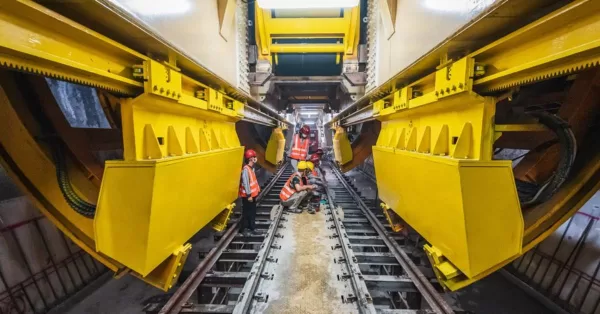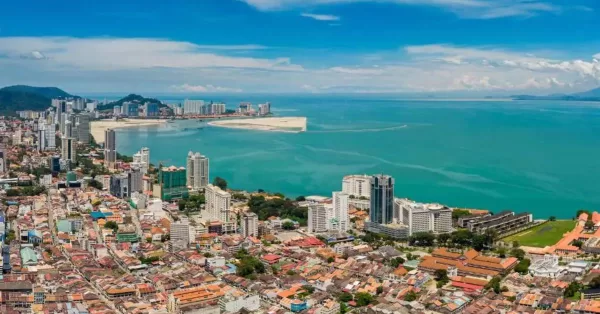The Malaysia East Coast Rail Link is shaping up for operations by 2027. The railway is part of China’s BRI and is viewed as a vital link for the success of the Pan-Asia railway system.
Overview of the East Coast Railway in Malaysia
The East Coast Rail Link (ECRL) is a double-track railway project connecting Port Klang in Selangor to Kota Bharu in Kelantan. The project will connect the East and West Coast of Malaysia. The railway will be a freight and passenger link. It will facilitate the transport of commuters as well as goods and other cargo.
The ECRL is 665-kilometer long with a maximum speed of up to 160 km/h. The railway project will have 10 passenger stations, 10 passenger and freight stations, and 4 interchanges.
It will be divided into 3 sections: Section A has 6 sections and will cover Kota Bharu to Dungun. Section B has 7 stations and will cover Dungun to Mentakab. Section C has 7 stations and will cover Mentakab to ITT Gombak.
The alignment of the rail link aims to provide connectivity and efficient transportation for the East Coast and West Coast. The alignment also takes into consideration the economic impact of the railway on businesses, tourism, and the industrial sector.
Construction on the East Coast Rail Link began in 2017 and as of June 2024, the project is 67 percent complete. The projected operational date of the project will be in early 2027, and will significantly cut down travel time from 7 hours to 4 hours from Kota Bharu to Kuala Lumpur.

Part of China’s Belt Road Initiative
Malaysia’s East Coast Rail Link is part of China’s Belt Road Initiative (BRI). In 2016 the Malaysian State Government and the China Communications Construction Company (CCCC) signed a $13.1 billion contract for the ECRL project. As the contractor, the CCCC handles the engineering, procurement, construction, and commissioning of the rail link.
The railway project uses a semi-automatic technology that is capable of laying 1.5 kilometers of tracks daily. This method is aided by GPS satellites, a technology that hails from China.
According to Chinese Premier Li Qiang, Malaysia’s strategic location at the center of Southeast Asia plays a significant role. The project will boost the realization of China’s Belt Road Initiative and the Pan-Asia Railway. A railway concept that will connect China with the majority of Southeast Asia.
The East Coast Rail Link: A positive economic impact for Malaysia
The Malaysia East Coast Rail Link is critical to boosting the connectivity of the country. This project will enhance passenger experience and transportation of goods and services. It will also contribute to Malaysia’s overall economic value.
According to the Minister of Investment, Trade and Industry Tengku Zafrul Aziz, the railway is projected to initiate a growth of 3.8% of the country’s overall GDP by 2047.
The Transport Ministry Minster, Anthony Loke Siew Fook, also stated that the East Coast Rail Link is on track for its target completion date by December of 2026, with operations in early 2027.
Read also:
Singapore-Malaysia RTS Link: Connecting Both Countries as Early as Q4 2026
Industrial Park in Perak “KIGIP” Malaysia’s Push for Industrial Growth

